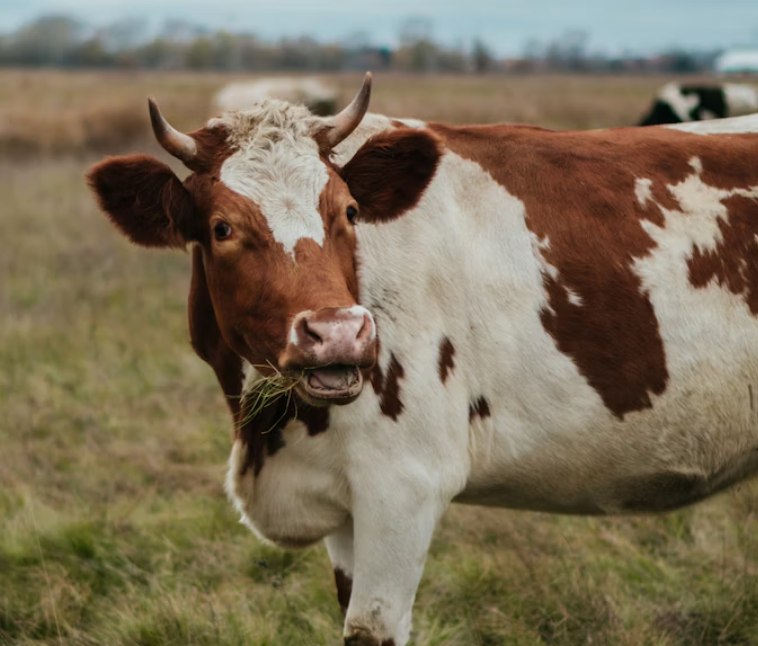Released on World Food Day, the report ‘Food Not Feed: How to stop the world’s biggest form of food waste’ reveals the hidden scandal of our global food system – that in many countries, factory farming wastes much more food than the amount wasted in the conventional sense; e.g. by being thrown away by households and food businesses. The huge inefficiencies of using grain for factory farmed animals are identified by the report, which highlights that for every 100 calories of human -edible grain fed to animals, just 3-25 calories of meat or dairy are produced. If we switched to regenerative farming, with animals fed on products that people cannot eat, such as pasture, by-products, and properly treated unavoidable food waste and scraps, global food insecurity would be hugely alleviated.
In total, 766 million tonnes of grain are fed to farmed animals each year, surpassing the amount of food wasted by households (631 million tonnes), food service (290 million tonnes) or retain (131 million tonnes). If we stop growing grains for animals and use them for direct human consumption instead, an extra two billion people (a quarter of the world’s population) can be fed each year; for context, the UN estimates that around 673 million experienced hunger in 2024, and 2.3 billion faced some form of food insecurity.
Thousands of hectares of land are cleared to grow crops for feeding animals, with deforestation impacting communities and destroying biodiversity. The impact of the practice also affects land use while expanding the use of monocultures, chemical pesticides and fertilisers that have knock-on effects on soil quality, water and air pollution.
As rightfully stated by Chief Policy Advisor at Compassion in World Farming: “It is simply scandalous that while hundreds of millions of people go hungry and we face a triple planetary crisis, we are allowing hundreds of millions of tonnes of food to be wasted every year by being fed to factory farmed animals”.
